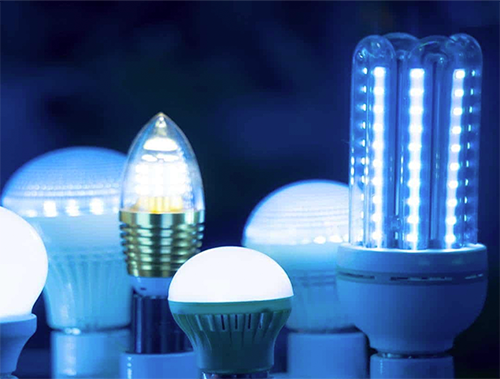About Lighting Equivalencies
Luminosity equivalents refer to a way of comparing the brightness or luminosity of one light source to another. It helps people understand how much light a particular source emits compared to a standard or reference light source. This concept is especially useful when you want to replace or upgrade lighting fixtures, ensuring that the new source provides the desired level of illumination. Here’s a brief explanation of luminosity equivalents:
Lumen (lm
Lumen is the standard unit of measurement for luminous flux, which represents the total amount of visible light emitted by a light source in all directions. It measures the brightness of a light source. The higher the lumen output, the brighter the light.
Luminosity Equivalents
Luminosity equivalents are a way of expressing the lumen output of one light source in terms of another. This comparison helps consumers make informed decisions when choosing lighting products. For example, if you are familiar with the lumen output of a common incandescent bulb, you can use that as a reference point to understand how bright an LED or fluorescent bulb is in comparison.

Example: Let’s say a standard 60-watt incandescent bulb typically emits around 800 lumens of light. You can use this as a reference point when shopping for LED bulbs. If an LED bulb is labeled as a “60-watt equivalent,” it means it provides a similar level of brightness (around 800 lumens) but consumes significantly less energy, typically in the range of 8-12 watts. So, you can replace your old incandescent bulb with the LED equivalent to achieve the same level of illumination while saving on energy costs.
Color Temperature
In addition to lumen output, it’s essential to consider the color temperature of a light source. Color temperature is measured in Kelvin (K) and indicates the color appearance of the light emitted. Lower Kelvin values (e.g., 2700K) produce warm, yellowish light, while higher Kelvin values (e.g., 5000K) produce cooler, bluish light. The choice of color temperature depends on the desired ambiance and application.
In summary, luminosity equivalents, expressed in lumens, help consumers understand how the brightness of one light source compares to another. This knowledge is valuable when selecting lighting fixtures to ensure you achieve the desired level of illumination for your specific needs while considering energy efficiency and color temperature. Get in touch with a professional lighting installation and maintenance provider like Nevada Illumination to help you decide the best lighting technology for your property, and at the right luminosity.

